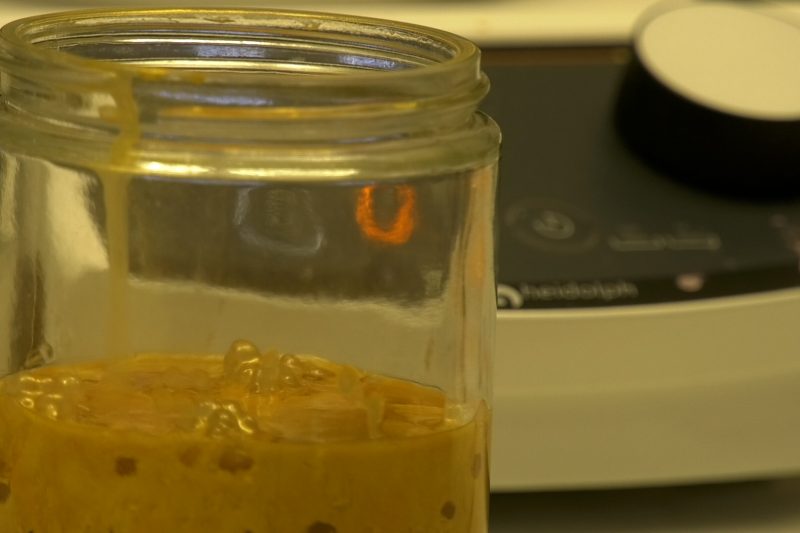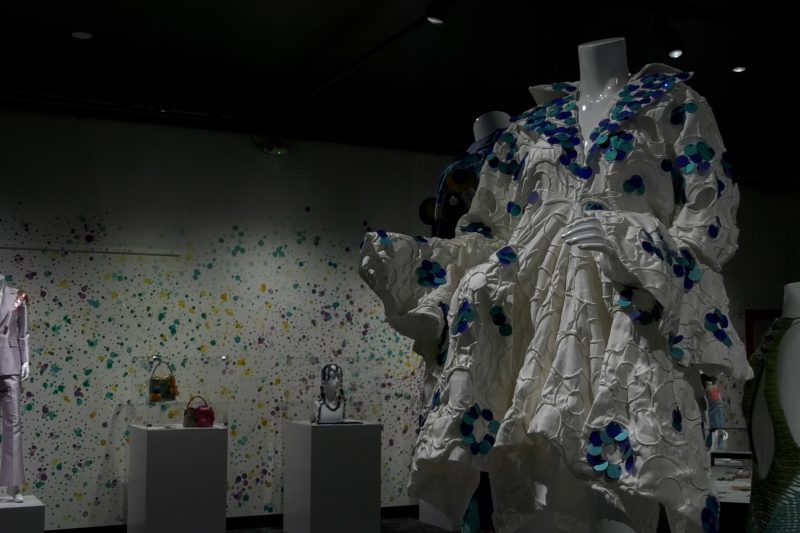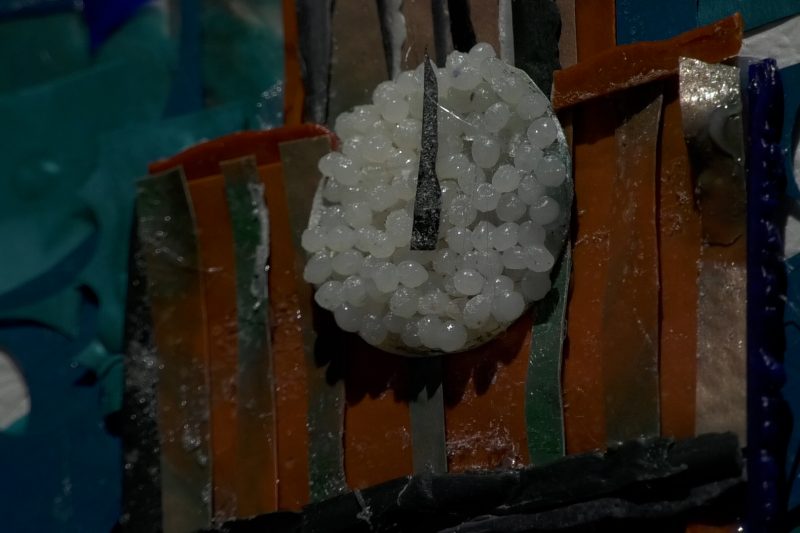UT Researchers and Students Bring Sustainable Sequins to Austin
By Melody Jones
Reporting Texas TV
AUSTIN, Texas — The Texas Science and Natural History Museum opened an exhibit to showcase sequined garments that use a sustainable sequin developed by scientists at the University of Texas.
Professors from the College of Natural Sciences curated Particles of Color, which opened April 6.
UT senior textiles and apparel major Taryn Lam joined the project early in its development and serves as the student project lead.
“Sequins are used everywhere in the industry, especially in the luxury fashion industry, and knowing just how wasteful that is, how can we create an alternative,” Lam said.
The project took five years to complete.
The sequins are made from starches like corn, with a biodegradable plastic called polylactic acid. The scientists first mix PLA plastic with a chloroform binding agent and mica powder, a natural, mineral-based powder commonly used in makeup products.
After the formula hardens overnight, they melt it to burn away toxicity from the chloroform. Then they press the melted PLA into cardstock-like sheets, and cut it into shapes.
Textiles and apparel students can either use a hand press and scissors or an automatic press and laser cutter, depending on the sequin they desire.

The PLA formula bubbles in a chemical lab in Austin Texas, on Thursday, April 11, 2024. (Melody Jones/Reporting Texas TV)
“It was really cool that I got to contribute something that was sustainable and that was really handmade,” said Mikaya Guevara, a student designer on the project.
Researchers chose the formula for its versatility. By changing the ratios, the finished sequin can range from thin and translucent to thick and opaque, with a variety of colors and sheens to choose from.
“We wanted to really just show this material could be used in so many applications,” Lam said.
“It doesn’t have to be just fashion. It could be in furniture, it could be in art, it could be in so many creative outlets.”

Project consultant and curator Gail Chovan designed this dress on display at the Texas Science and Natural History Museum in Austin, Texas, on April 12, 2024. (Melody Jones/ Reporting Texas TV)
There are more than 50 pieces in the exhibit from students and working designers.
Lam said the project director, Jessica Ciarla, was inspired by sustainable fashion efforts in Copenhagen. One of Ciarla’s goals was to bring sustainable fashion research to Austin and share her findings with local and international designers.
“I personally just don’t want to work in an industry that continues to practice these traditional methods that don’t consider waste and how it might harm humans and the environment,” Lam said.
The fashion industry uses more than 340 million barrels of petroleum every year to create synthetic fibers like polyester, nylon and acrylic. Scientists used zero-waste practices to create the sequins.
Student designer Elizabeth White said stepping into the chemistry lab as a fashion student was a new and valuable experience for her.
“If we want to improve our world, we need to be thinking about things that haven’t been done before. We need to be innovating,” White said.
PLA plastic does not dissolve in water but is compostable, making it ideal for luxury fashion use.

Interior designer and UT alumna Trang Ly recreated the University of Texas tower with a repurposed canvas and PLA scraps. (Melody Jones/Reporting Texas TV)
Particles of Color will be on display for at least a year. It is the first new exhibit at the Texas Science and Natural History Museum since it reopened in September 2023 after an 18-month closure for renovation. Particles of Color is also the first exhibit for the museum’s Science Frontiers Gallery, which showcases advances in science from the UT community.
“I just want [people] to be able to look at fashion in a fun way,” White said.
“Integrating science into it and consciousness about the world as a whole –- I feel like there’s a deeper meaning to it, and you can walk away not only having a fun time, but also hopeful,” she said.
“We can incorporate sustainability into even the most mundane things, like a sequin. I don’t know, it’s so small, but it’s those small changes that are really going to make an impact.”